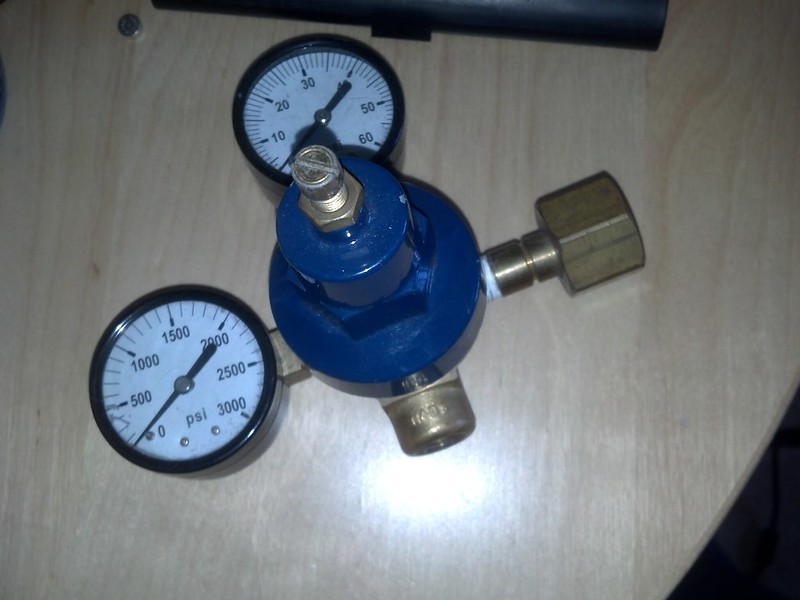Justintoxicated
Well-Known Member
Got the rest of my equipment and I'm ready to brew. I have some Sanitizing questions though:
My Stainless wart chiller says that residual oils need to be removed from it with some sort of cleaner. Kirkland laundry detergent strong enough? Oil Eater? Not sure what is acceptable.
Also what is the best way to sanitize the auto siphon and tubing I would imagine siphoning some solution out of a a bucket with cleaner would work?
Also curious about how to pour from the brew-pot to the 6.5 gallon carboy primary. I bought a very large funnel from autozone, but pouring from the pot still seems like it could will be a challenge, but maybe not since it should be cool enough to touch by that time.
Any other tips before I get started? Do I need to calibrate the hydrometer?
Friend says I do not need a yeast starter when using white labs..?
My Stainless wart chiller says that residual oils need to be removed from it with some sort of cleaner. Kirkland laundry detergent strong enough? Oil Eater? Not sure what is acceptable.
Also what is the best way to sanitize the auto siphon and tubing I would imagine siphoning some solution out of a a bucket with cleaner would work?
Also curious about how to pour from the brew-pot to the 6.5 gallon carboy primary. I bought a very large funnel from autozone, but pouring from the pot still seems like it could will be a challenge, but maybe not since it should be cool enough to touch by that time.
Any other tips before I get started? Do I need to calibrate the hydrometer?
Friend says I do not need a yeast starter when using white labs..?












































![Craft A Brew - Safale S-04 Dry Yeast - Fermentis - English Ale Dry Yeast - For English and American Ales and Hard Apple Ciders - Ingredients for Home Brewing - Beer Making Supplies - [1 Pack]](https://m.media-amazon.com/images/I/41fVGNh6JfL._SL500_.jpg)














